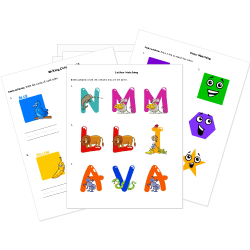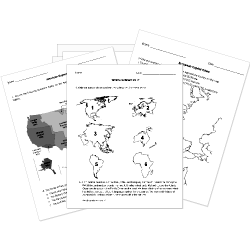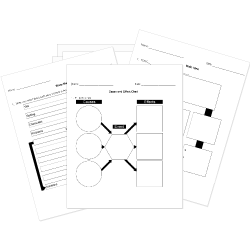Potential Energy Reference Levels
Potential Energy Reference Levels
This lesson aligns with NGSS PS3.A
Introduction
Potential energy is the stored energy in an object due to its position or configuration. This form of energy is a fundamental concept in physics and plays a crucial role in various natural phenomena and engineered systems. Potential energy can be found in different forms, such as gravitational potential energy, elastic potential energy, and electric potential energy, each associated with specific types of forces and interactions.
Types of Potential Energy
1.Gravitational Potential Energy:
Gravitational potential energy is the energy stored in an object due to its position in a gravitational field. It is given by the equation:
where U is the gravitational potential energy, m is the mass of the object, g is the acceleration due to gravity, and h is the height of the object above the reference level.
2. Elastic Potential Energy:
Elastic potential energy is stored in objects that can be stretched or compressed, such as springs and rubber bands. The energy is given by:

where U is the elastic potential energy, k is the spring constant, and x is the displacement from the equilibrium position.
3. Electric Potential Energy:
Electric potential energy is the energy stored in charged particles due to their positions in an electric field. It is given by:

where U is the electric potential energy, Ke is Coulomb's constant, q1 and q2 are the charges, and r is the distance between the charges.
Reference Levels for Potential Energy
A reference level is an arbitrary position where the potential energy is defined to be zero. This helps in simplifying the calculations and understanding the relative energy changes. Different types of potential energy have different conventions for choosing reference levels.
Gravitational Potential Energy Reference Levels
For gravitational potential energy, the reference level is often chosen at ground level or the surface of the Earth, where the height h is zero. However, this choice is arbitrary and can be set at any point, such as the bottom of a well, the surface of the sea, or any other convenient location. The key is that the choice of reference level affects the numerical value of the potential energy but not the physical phenomena or the energy differences involved.
Elastic Potential Energy Reference Levels
In the case of elastic potential energy, the reference level is typically chosen at the equilibrium position of the elastic object, such as the natural length of a spring. At this point, the displacement x is zero, and hence the potential energy is zero. This choice simplifies the analysis of oscillatory systems, like springs and pendulums, by providing a clear baseline from which energy changes can be measured.
Electric Potential Energy Reference Levels
For electric potential energy, the reference level is usually chosen at an infinite distance away from the charges, where the potential energy is defined to be zero. This is because, at infinite separation, the interaction between charges is negligible. However, in practical applications, reference points can also be set at specific locations, such as the surface of a conductor or a specific point in a circuit, to facilitate calculations and comparisons.
Practical Examples of Reference Levels in Potential Energy
Example 1: Gravitational Potential Energy in a Roller Coaster
Consider a roller coaster at an amusement park. The reference level for gravitational potential energy is typically chosen at the lowest point of the track. As the roller coaster ascends to the highest point, its potential energy increases relative to this reference level. When it descends, the potential energy decreases, converting into kinetic energy and resulting in high speeds at the lower points.

Example 2: Elastic Potential Energy in a Bow and Arrow
For a bow and arrow, the reference level for elastic potential energy is the unstressed position of the bowstring. When the bowstring is pulled back, the displacement from the equilibrium position increases, storing potential energy in the stretched string. Upon release, this energy converts to kinetic energy, propelling the arrow forward.
Example 3: Electric Potential Energy in a Parallel Plate Capacitor
In a parallel plate capacitor, the reference level for electric potential energy can be chosen at a point where the electric potential is zero, such as at a very large distance from the capacitor plates. The potential energy stored in the capacitor depends on the charge and the separation between the plates. Changing the reference level would shift the absolute values of potential energy but not the energy difference between charged and uncharged states.

Conclusion
- Gravitational potential energy is the energy stored in an object due to its position in a gravitational field.
- Elastic potential energy is stored in objects that can be stretched or compressed, such as springs and rubber bands.
- In the case of elastic potential energy, the reference level is typically chosen at the equilibrium position of the elastic object, such as the natural length of a spring.
- For gravitational potential energy, the reference level is often chosen at ground level or the surface of the Earth, where the height h is zero.
Related Worksheets:













